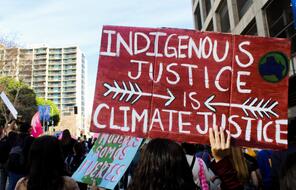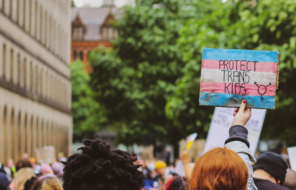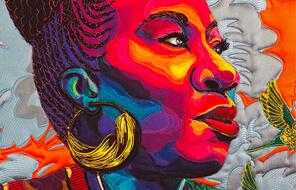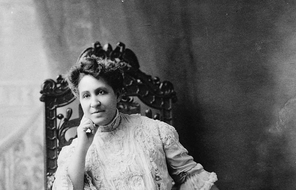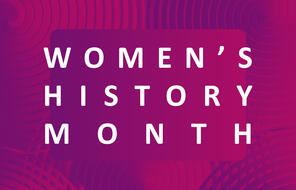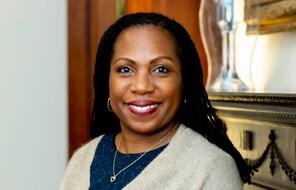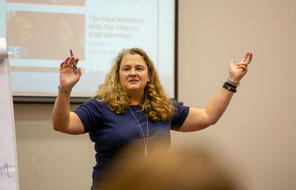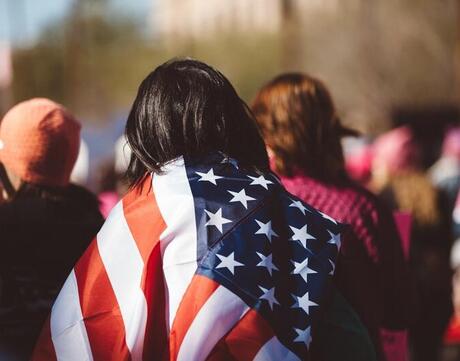
Co-creating a New American Tradition
What we celebrate says a lot about what we value. Since 1870, federal holidays have appeared on calendars in the United States marking parts of history considered worthy enough to remember and celebrate. Congress holds the power to decide what history gets commemorated with federal holidays on our calendars. But the choice to honor and celebrate is individual, unique, and can be co-created through active participation. Each of us has the power to reimagine what it means to celebrate freedom to write a more inclusive American story.
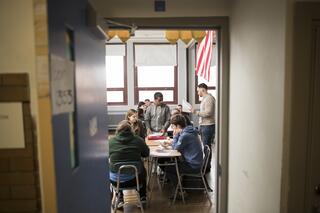
We the People: Expanding the Teaching of the US Founding
This 5-7 day C3-aligned inquiry explores the compelling question "How do we reckon with a history full of complexities and contradictions?"
Signed into law in 1870, one of our oldest federal holidays is Independence Day. Celebrated on July 4, Independence Day commemorates the signing of the Declaration of Independence. This founding document expresses the ideals America is famous for - freedom and equality for all. However, the United States has struggled to fully realize these ideals.
In 1852, Frederick Douglass shared his thoughts on the dissonance between the stated ideals of the Declaration of Independence and the lives of enslaved Americans in one of his most famous addresses, “What to the Slave is the 4th of July?” This speech illustrates the “profound and ongoing disconnect between our nation’s democratic rhetoric and the lived experiences of marginalized groups."
More than 150 years later, some of the messages in Douglass's speech are still relevant today. It is a reminder of how much unfreedom still exists for Black, Indigenous, and other people of color in the United States and how much work there still is to do.
Signed into law in 2021, the newest federally recognized holiday is Juneteenth, also known as the second independence day. Juneteenth celebrates the end of slavery in the United States, when emancipation reached those still enslaved in south Texas on June 19, 1865. While Black Americans have celebrated Juneteenth for generations, federal recognition of this holiday took decades of work by activists like Opal Lee, known as the Grandmother of Juneteenth, and a national reckoning with racial injustice following the murder of George Floyd in 2020. For millions of people, Juneteenth signifies the ideals of freedom that the words in the Declaration of Independence could never fully realize.
These two holidays may be seen as separate and unrelated. The perception that Juneteenth is only for Black Americans but the Fourth of July belongs to “everyone” persists. Yet a full understanding of this history recognizes that these two stories are deeply interconnected. Both commemorations represent the founding ideals of freedom, independence, and equality. When taken together, the history and legacy of these historic milestones tell a more complex and accurate story of America.
As history often proves, change comes with action. A new annual tradition called Civic Season was introduced in 2021. Civic Season, a nation-wide celebration and civic engagement movement, runs from Juneteenth to the Fourth of July and offers a way to more clearly create connections between these two holidays. It also provides an opportunity for a more nuanced celebration. Civic Season empowers young people to learn about and see themselves in history. As such, this movement also encourages people to find their civic superpower to take action in their local community. This new tradition grapples with the complexities of our past and present, and encourages young people to work for an America that better represents all of us.
The long work to recognize the ideals of freedom and equality rooted in the national identity of the United States demands that its citizens be lifelong learners and active civic participants. It takes all of us to shape a more inclusive understanding of our past and present, and shape the future we want for ourselves and future generations.
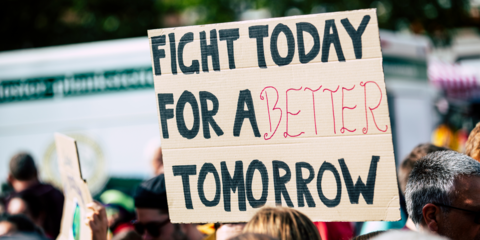
Find Your Civic Superpower
Discover ways to get involved in your community and share your story.



